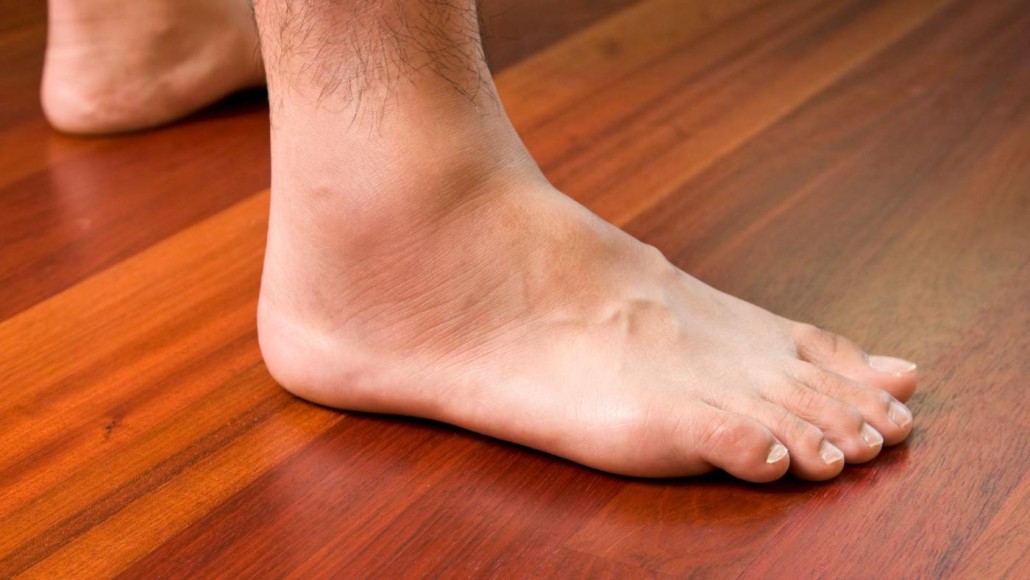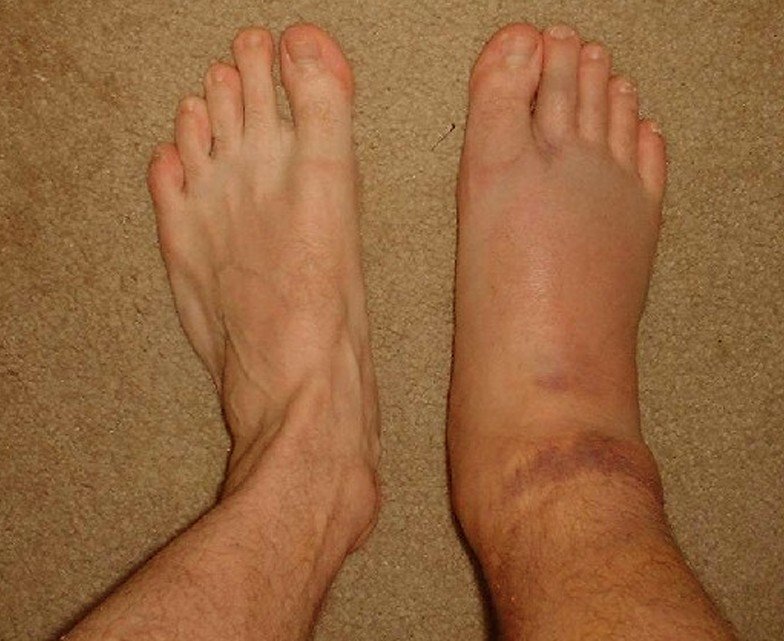Swelling in your legs comes from the buildup of fluids known as edema. It can be caused by a number of illnesses, and it can also be a result of standing
Swollen ankles, legs, and feet cause discomfort and even pain for many people. If you are one of these people who suffer from puffiness around your ankles, you probably wonder what you can do to reduce the ankle swelling and ease discomfort.
Quick Answer. Common causes of swelling in the legs and feet include poorly functioning veins, pregnancy complications, heart disease, infections and blood clots, according to WebMD.

Continued. Venous insufficiency. Swelling of the ankles and feet is often an early symptom of venous insufficiency, a condition in which blood inadequately moves up the veins from the legs and feet up to the heart.



What You Should Know About Swelling in Your Legs. If you notice swelling in your feet or legs, you should definitely tell your primary care doctor, says Cleveland Clinic Vascular Medicine specialist Leslie Gilbert, MD.
Swollen feet and legs (also known as edema) have many and temporary causes, but they can also be an indication of a more serious concern. Learn more about symptoms and treatment.


How to Reduce Swelling in Feet. If you have swollen feet, you are not alone. Many people suffer from this condition, as it is a side effect of a number of medications and a symptom of many diseases.

What is SwellNoMore? SwellNoMore is a Natural Diuretic and Anti-Inflammatory tablet that reduces Water Retention, Inflammation and Swelling (Edema) throughout the entire body. Just two supplements daily will dramatically reduce puffiness, bloating and swollen legs…



Normal swelling, also called Edema, is experienced in the hands, face, legs, ankles, and feet. Swelling enables the body to expand as the baby develops.
Tissues in the body may trap excessive fluid and cause swelling, which is referred to as edema. Individuals commonly notice this swelling in the hands,